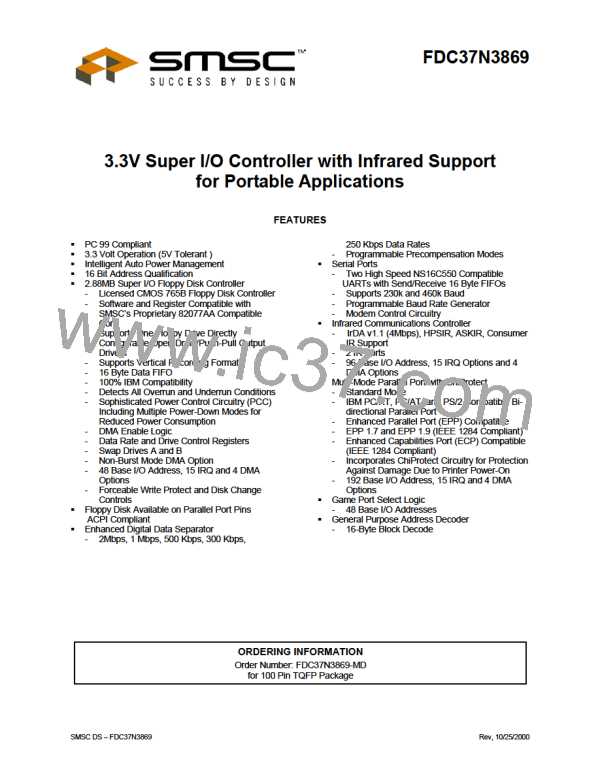Table 11 - Internal 2 Drive Decode: Drives 0 and 1
DRIVE SELECT OUTPUTS
(ACTIVE LOW)
MOTOR ON OUTPUTS
DIGITAL OUTPUT REGISTER
Bit 7 Bit 6 Bit 5 Bit 4 Bit1 Bit 0
(ACTIVE LOW)
nMTR1
nBIT 5
nDS1
nDS0
nMTR0
nBIT 4
nBIT 4
nBIT 4
nBIT 4
nBIT 4
X
X
X
1
X
X
1
X
0
X
1
X
X
0
1
X
X
X
0
0
0
1
1
X
0
1
0
1
X
1
0
1
1
1
0
1
1
1
1
nBIT 5
nBIT 5
nBIT 5
0
nBIT 5
TAPE DRIVE REGISTER (TDR)
The Tape Drive register (Base Address + 3) is included for 82077 software compatibility and allows the user to assign
tape support to a particular drive during initialization. Any future reference to that drive automatically invokes tape
support. The Tape Select bits TDR.[1:0] determine the tape drive number. Table 12 illustrates the Tape Select bit
encoding. Note that drive 0 is the boot device and cannot be assigned tape support.
The encoding of the TDR depends on the Floppy mode (see section Floppy Modes on page 17). The TDR is
unaffected by a software reset.
Table 12 - Tape Select Bits
TAPE SEL1
TAPE SEL0
DRIVE
SELECTED
(TDR.1)
(TDR.0)
0
0
1
1
0
1
0
1
NONE
1
2
3
Normal Floppy Mode
In Normal mode the TDR contains only bits 0 and 1 (Table 13). During a read in Normal mode TDR bits 2 - 7 are high
impedance. The Tape Select Bits are Read/Write.
Table 13 - TDR Normal Floppy Mode
DB7
DB6
DB5
DB4
DB3
DB2
DB1
DB0
TDR
Tri-state Tri-state Tri-state Tri-state Tri-state Tri-state
Tape
Tape
Sel1
Sel0
Enhanced Floppy Mode 2 (OS2)
The configuration of the TDR in the Enhanced Floppy Mode 2 (OS/2 mode) is shown in Table 14.
Table 14 - TDR Enhanced Floppy Mode 2
DB7
DB6
DB5
DB4
DB3
DB2
DB1
DB0
TDR
Reserved
Drive Type ID
Floppy Boot Drive
Tape
Sel1
Tape
Sel0
Reserved, Bits 6 - 7
Bits 6 and 7 are RESERVED. Reserved bits cannot be written and return 0 when read.
SMSC DS – FDC37N3869
Page 24
Rev. 10/25/2000

 SMSC [ SMSC CORPORATION ]
SMSC [ SMSC CORPORATION ]